Brian Moynihan didn't start out dreaming of corner offices and billion-dollar deals. His path to becoming Bank of America CEO is a classic American success story—one built on hard work, smart moves, and the guts to take on a nearly impossible job when everyone else was running for the exits.
Early Days: From Law Books to First Paychecks
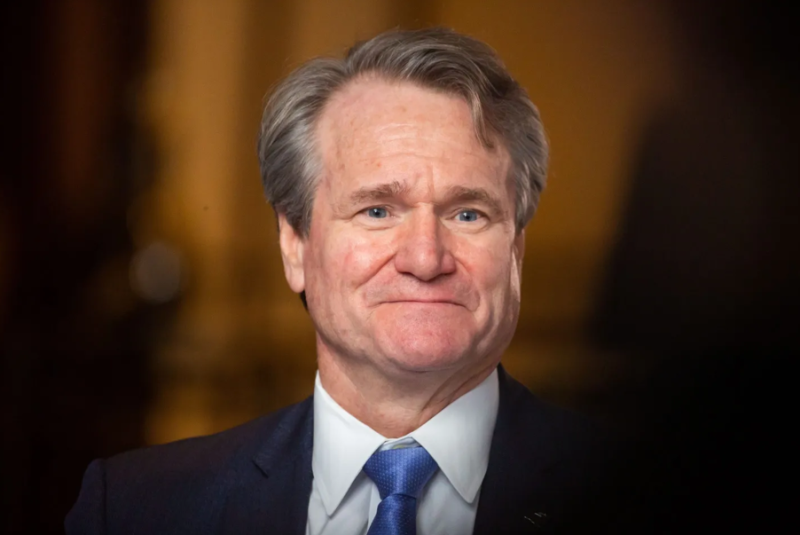
Fresh out of Brown University and Notre Dame Law School, Moynihan landed his first real job at Edwards & Angell, a law firm in Providence, Rhode Island, back in 1984. Like most young lawyers grinding it out, he was pulling in somewhere around $50,000 to $60,000 a year—decent money for the time, but nothing flashy. He spent nearly ten years learning the ins and outs of corporate and banking law, doing the unglamorous work that nobody talks about but everyone needs to master. Those years weren't about getting rich quick. They were about building something solid, understanding how deals actually work, and making connections that would matter down the road.
The Big Jump: Moving Into Banking at Fleet Boston

Everything changed when Moynihan made the leap from law to banking in 1993, joining Fleet Boston Financial. He started in their legal department, but it didn't take long for people to notice he had a knack for more than just contracts. By the late 1990s, he was moving up fast, pulling down $200,000 to $300,000 as he took on bigger roles in management. The real turning point came in 2004 when Bank of America swallowed up Fleet Boston in a massive $47 billion merger. Suddenly, Moynihan was playing in the big leagues. His salary jumped into the millions as he started running major divisions like wealth management and consumer banking. He was proving he could handle pressure and deliver results when it counted.
Taking the Wheel: Bank of America CEO During the Storm
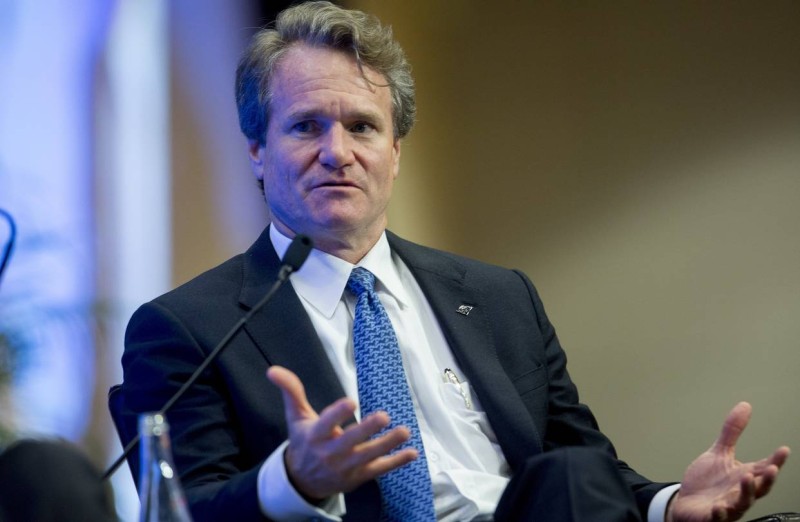
Moynihan hit his peak in 2010 when he became Bank of America CEO, but it wasn't exactly a celebration. The bank was a mess—still bleeding from the 2008 financial crisis, drowning in mortgage problems, and fighting lawsuits left and right. Most smart executives would've passed on the job. Moynihan took it anyway. And somehow, he turned things around. He cleaned up the balance sheet, rebuilt trust, and got the bank back to making serious money. His pay as CEO has bounced around quite a bit—anywhere from $13 million to over $32 million depending on how the bank performs. In 2023, he took home about $31 million, which tells you the bank is doing pretty well under his watch.
Where He Stands Now: Following the Money
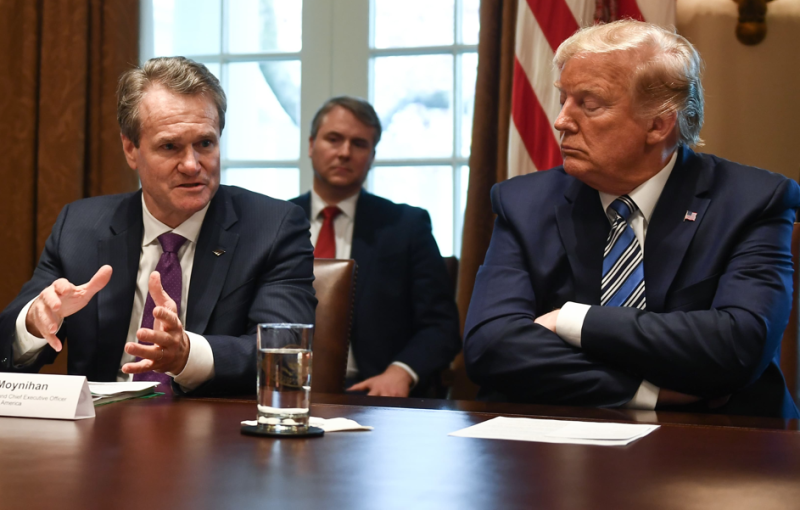
These days, Moynihan's sitting on a fortune estimated somewhere between $100 million and $150 million. That's money he's earned over decades through salary, stock awards, and smart investing. He's still pulling in around $28 to $32 million a year as Bank of America CEO, putting him right up there with the highest-paid banking bosses in the country. A huge chunk of his wealth comes from Bank of America stock he's accumulated over the years, which has done pretty well as the bank's value has climbed past $300 billion. At 64, he's showing no signs of walking away from the job. Why would he? He's at the top of his game, running one of the biggest financial institutions in America.
What Makes Him Tick: Success Lessons from the Top
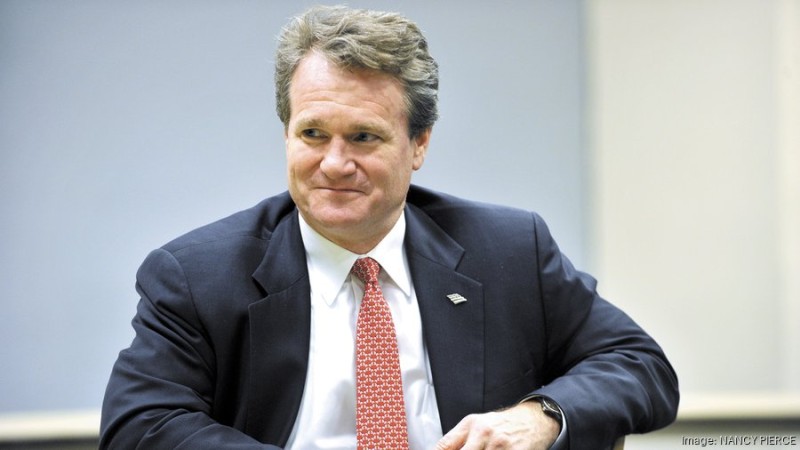
Moynihan's success didn't come from luck or fancy MBA tricks. He's always talked about a few core ideas that shaped his career. First off, he believes in showing up when things get tough. Taking over as Bank of America CEO during a crisis was either brave or crazy, but it made his reputation. He's also obsessed with putting customers first—he's always saying the bank needs to see everything through their eyes, not just focus on profits. That thinking pushed Bank of America to become a leader in digital banking and mobile apps. Another big thing for him is playing the long game. He'd rather grow slowly and steadily than take big risks for quick wins. And finally, he genuinely believes in giving more people access to banking and creating opportunities for employees to move up, no matter where they started. His whole approach proves you don't need to be the flashiest person in the room to build something that lasts.
 Sergey Diakov
Sergey Diakov
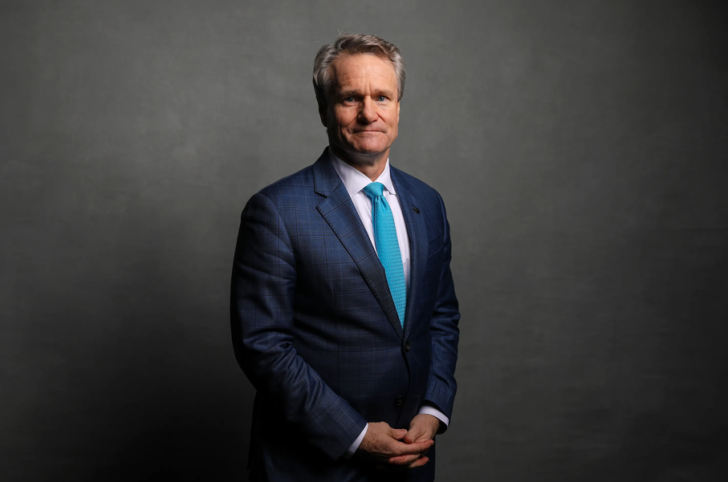
 Sergey Diakov
Sergey Diakov


